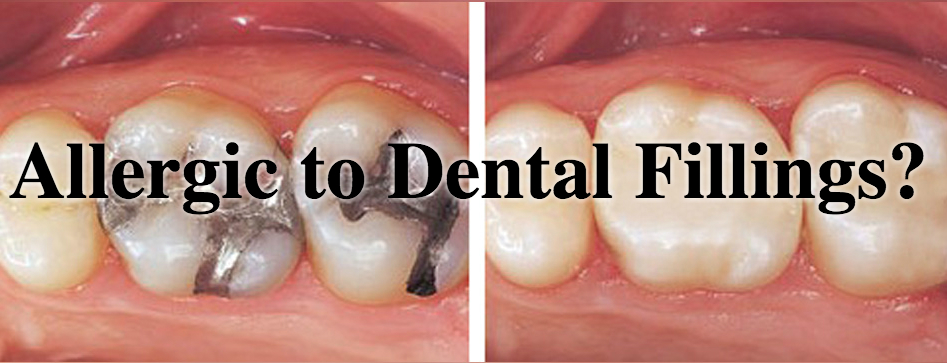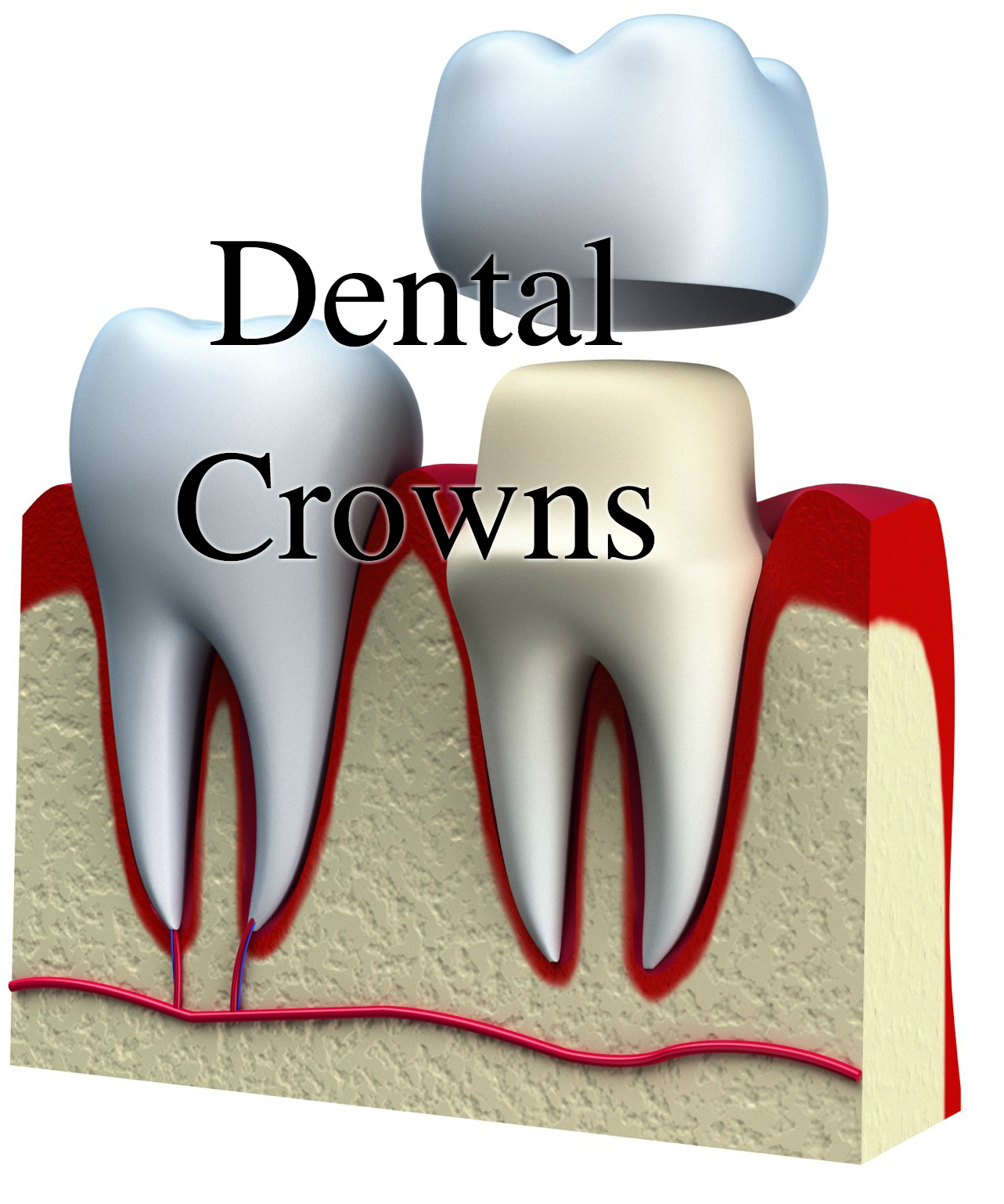If you have had braces in the past, you were probably given a retainer at the completion of your treatment. For many, wearing a retainer daily is a task that usually falls to the wayside after a few years. When this happens, some may experience a slight movement of their teeth over time. Others will see complete orthodontic relapse to their previously crooked state. Either way, you may be tempted to reuse your old retainer to re-straighten your teeth.
The amount of post-braces movement your teeth will go through depends largely on the way your teeth mesh together and the amount of space on your dental arch. It is tough to predict what patient will experience the most movement after treatment. While using an old retainer to treat this relapse may seem like an easy fix, it is generally not a good idea. Retainers can correct some slight movement of the teeth, but lack the properties to actually adjust your smile. Causing serious damage is unlikely, but you always run the chances of irritating your gums, starting a toothache or chipping enamel. As with any appliance, NEVER force your retainer over shifted teeth.
If your teeth have moved significantly after braces, Invisalign can be a great option. A short treatment of clear aligners can properly straighten teeth and create a better smile line. If you would like to know more about orthodontics, retainers or Invisalign, please give our office a call!





















